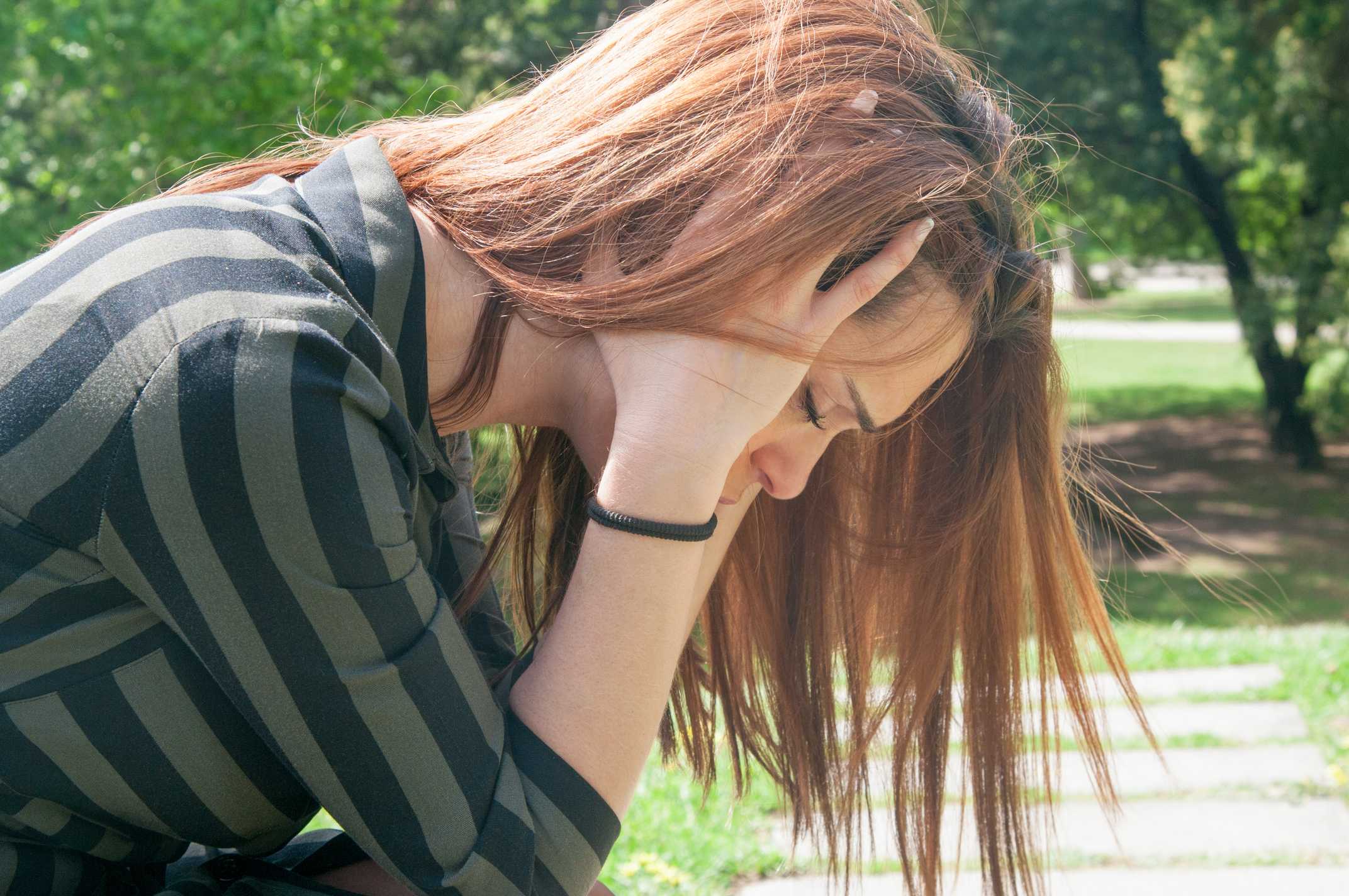

According to recent research, people’s highest suicidal thoughts are experienced in the month preceding the spring/early summer peak of suicidal activities. It also revealed that suicidal thoughts peak every day between 4-5 in the morning.
Although most people believe that suicide rates will be highest in the winter, researchers have long been puzzled by the fact that suicidal actions increase in the spring and early summer.
In a study conducted in collaboration with Harvard University, the University of Amsterdam, and the School of Psychology at the University of Nottingham, researchers looked at the seasonal patterns of suicidal thoughts and determined when they peak each year and when they are at their worst. Translational Psychiatry has published the findings.
Over 10,000 adults in the UK, US, and Canada responded to surveys and tasks over a six-year period on their moods, thoughts, and ideas related to suicide and self-harm using the Project Implicit Health Database (PIH).
Brian O’Shea and René Freichel, the researchers, demonstrate that suicidal thoughts are in fact most prevalent in the winter (December), and they created a conceptual model to explain why suicidal conduct takes a few months to reach a “tipping point.” They also discovered that persons are most prone to commit suicide between the hours of 4-6 in the morning. Additionally, over the course of the six-year trial, they discovered an overall rise in negative self-harm cognitions.
Dr. Brian O’Shea from the University of Nottingham led the study and explains, “It is well documented that winter is the time when people with mental health problems may struggle with worsening mood and depression, indeed Seasonal Affective Disorder is a recognized issue related to the change in season that affects many people’s mental health.
“So, it may come as a surprise that spring, a time when you would assume people’s mood lifts, is actually the time of year when people are most at risk of taking their own lives. The reasons for this are complex, but our research shows that suicidal thoughts and mood are the worst in December and the best in June.
“Between these two points, there is a heightened risk of suicidal behavior, and we feel this is occurring because the gradual improvements in their mood and energy may enable them to plan and engage in a suicide attempt. The relative comparison between the self and others’ mood improving at a perceived greater rate are complementary possibilities that need further testing.”
The temporal dynamics of explicit and implicit self-harm cognitions were explored via online tasks, with explicit cognition being examined by direct questions about mood, suicide, and self-harm using a standard 1–5 scale. With the help of a reaction-time task, implicit cognition was investigated by having participants classify phrases pertaining to themselves into categories of life and death in real-time.
Three categories of respondents made up the sample: those who had previously attempted suicide, those who had suicidal thoughts or behaviors but had not yet self-harmed, and those who had neither. In particular, among those who had already attempted suicide, the researchers discovered seasonality effects for mood and the desire to die as well as an overall rise in negative self-harm cognitions throughout the course of the six-year study.
The results indicate a lag between the wintertime peak of explicit and implicit suicidal cognition and the springtime peak of suicide attempts and suicide deaths. Prior to implicit self-harm associations, which peaked in February, there was explicit suicide cognition, which peaks in December. Both of these peaks occur before the spring/early summer peak in suicide behavior. In a 24-hour period, similar lagged effects were seen, with explicit suicidal thought and mood peaking at 4-5 a.m. and implicit cognition after this peak.
Dr. O’Shea adds, “This study is the first to look at temporal trends around mood and self-harm thoughts on such a large scale and really pinpoints times when intervention could be most beneficial.”
more recommended stories
 Gestational Diabetes Risk Identified by Blood Metabolites
Gestational Diabetes Risk Identified by Blood MetabolitesKey Takeaways (Quick Summary for Clinicians).
 Phage Therapy Study Reveals RNA-Based Infection Control
Phage Therapy Study Reveals RNA-Based Infection ControlKey Takeaways (Quick Summary) Researchers uncovered.
 Pelvic Floor Disorders: Treatable Yet Often Ignored
Pelvic Floor Disorders: Treatable Yet Often IgnoredKey Takeaways (Quick Summary) Pelvic floor.
 Urine-Based microRNA Aging Clock Predicts Biological Age
Urine-Based microRNA Aging Clock Predicts Biological AgeKey Takeaways (Quick Summary) Researchers developed.
 Circadian Control of Neutrophils in Myocardial Infarction
Circadian Control of Neutrophils in Myocardial InfarctionKey Takeaways for HCPs Neutrophil activity.
 E-Cigarette Use and Heart Attack Risk in Former Smokers
E-Cigarette Use and Heart Attack Risk in Former SmokersKey Takeaways for Clinicians and Nurses.
 36-Week Pre-eclampsia Screening May Reduce Term Risk
36-Week Pre-eclampsia Screening May Reduce Term RiskA New Preventive Strategy for Term.
 Cardiovascular Risk and Sudden Cardiac Death in Diabetes
Cardiovascular Risk and Sudden Cardiac Death in DiabetesRising Sudden Cardiac Death (SCD) Risk.
 Poor Kidney Function and Alzheimer’s Biomarkers Explained
Poor Kidney Function and Alzheimer’s Biomarkers ExplainedPoor kidney function may influence levels.
 Walking Speed Before Hip Replacement Predicts Recovery
Walking Speed Before Hip Replacement Predicts RecoveryNew Evidence Points to a Simple,.

Leave a Comment